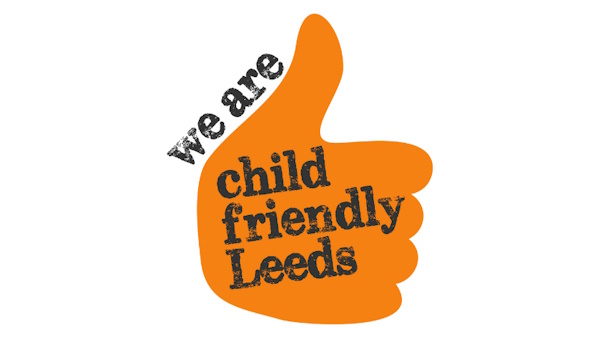What is ‘Time to Listen’
The report ‘Time to Listen’ summarises the findings of five Joint Target Area Inspections (JTAI) carried out between February and August 2016. The report considers the strategies and responses of inspected local authorities to tackle child sexual exploitation (CSE) and missing children. In later iterations of the inspection framework, the definition was broadened to cover all aspects of child exploitation. The full report on the first five inspections. The report focused on three key areas:
Understanding
Having strategies and training in place regarding CSE and applying these across multiple services and raising awareness of indicators and risks of CSE amongst services, young people and communities.
Collaboration
Sharing information across local area services and agencies and encouraging effective joint working; encouraging engagement between frontline workers, young people and their families to build relationships.
Leadership
Oversight from managers and leaders is crucial in providing good frontline practice.
Whilst findings were positive in many areas, the report notes examples of poor responses to CSE as a result of:
- lack of understanding of why children go missing
- absence of training regarding CSE
- lack of oversight of frontline work by management
- significant delays in assessments and reporting of incidents
The findings in relation to understanding
The report emphasises that basic child-protection processes need to be followed across agencies, risks should be prioritised to improve focus, and wider circumstances need to be considered. The report notes multiple areas where single- and multi-agency practice needs to be improved. Health services and health practitioners were not easily accessible to young people and were not identifying signs of risk when evident. Police responses also varied widely in regards to children going missing - inconsistent risk assessment and a lack of return home interviews mean signs are not understood.
More positively, local authorities are using a variety of innovative campaigns to raise awareness and safeguard children and young people at risk of CSE. Schools have been essential in helping to deliver these. Campaigns have been particularly effective when involving young people or local community groups, such as ethnic minority groups, in developing the material used and where local patterns of risk were already recognised.
The findings in relation to collaboration
The starting point for local areas in tackling CSE is developing an accurate map of risk in their locality. In areas that were effective, information sharing between the local authority, schools, youth offending teams and police allowed prevention work to be targeted. This was most effective when dedicated staff were involved in managing and mapping the information provided, which was then shared across agencies to analyse the wider context of concerns.
Identification of children and young people at risk relied on having easy access to frontline services - health practitioners and sexual health services available at schools and youth centres were seen as good examples of this. CSE also needs to be understood in a wider context of vulnerability, and effective local authorities demonstrated a shared understanding that patterns of offending can alter over time. Where risk assessments are effective, the models are well understood by partners and the assessments themselves are well-informed by agencies.
Practice is effective where practitioners build positive relationships with young people and their families/carers. Children feel listened to and respected when engaged fully. Youth Offending Teams were particularly knowledgeable as to the needs of young people. The report recommends that practitioners provide a sense of control for the child over the support and intervention they receive, whilst not overwhelming them with large amounts of professional contact, in order to build trust and confidence.
The findings in relation to leadership
Quality of leadership was highlighted in the report, with an emphasis on getting leaders involved at all levels. There has been improvement since inspections in 2014 in the development of strategies to tackle child sexual exploitation. Strategic goals were clearly identified across agencies and demonstrated commitment to improving services, aided by elected members having received training on CSE.
To provide effective services on the ground, the report states leaders need a good understanding of the local profile of CSE, a good understanding and oversight of frontline practice, and commitment to providing staff with necessary resources and knowledge to engage with children effectively.
More information
The Time to Listen report and reports from each of the JTAI CSE inspections.
For more information about the programme of Joint Targeted Area Inspections, visit the government website.
Printable version
